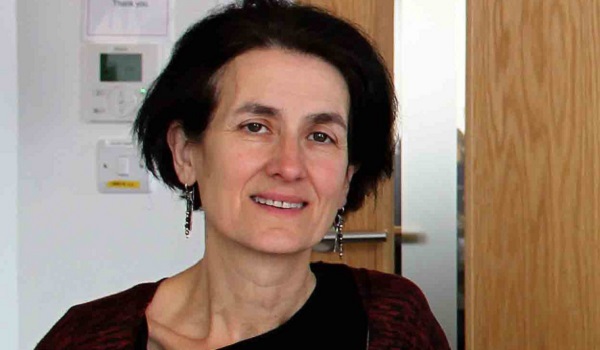Global system to link missing persons and disaster victims completed
A prototype system to assist with the quick identification of victims or missing persons following a natural or man-made disaster or in daily policing has been completed by Interpol and a consortium of five European partners.

A prototype system to assist with the quick identification of victims or missing persons following a natural or man-made disaster or in daily policing has been completed by Interpol and a consortium of five European partners.
When fully implemented, the results of the FAST and efficient international disaster victim IDentification (FASTID) project will serve as the first centralised, global database of information that can be used to quickly identify and link missing persons and unidentified bodies (MPUB).
This future database is designed to be used by teams in the field responding to a disaster, or by national police trying to identify missing persons, persons unable to identify themselves or unidentified bodies.
Based largely on Interpols disaster victim identification (DVI) protocols, combined with its Yellow Notices for missing persons, the MPUB system includes search capabilities for DNA and dental records and interfaces with other databases, such as fingerprints.
The FAST project was developed with experts from the German Federal Criminal Police Bundeskriminalamt (BKA), the IOSB and IGD Institutes of the Fraunhofer-Gesellschaft in Germany, Danish company PlassData, the University of Dundee and adaptive management specialist Crabbe Consulting Ltd, with co-funding from the EUs Seventh framework programme (FP7).
The FASTID partners, as well as 21 volunteer Interpol member countries, recently completed a testing phase to assess the ease of submitting data, querying the system and the accuracy of the results. An online DVI manual has also been developed to ensure a uniform approach to recording victims physical characteristics by international DVI teams. The research also led to the creation of image catalogues integrated in the system to assist in describing personal effects and physical characteristics.
As part of the three-year FASTID project, launched on April 1, 2010, with an overall budget of almost three million euro, research was also conducted into image retrieval methods, including a matching system for tattoos and other body modifications, as well as facial recognition techniques such as craniofacial reconstruction and superimposition. These could be integrated into the system in the future.
It is vital that law enforcement and first responders to major disasters have access to a global repository of data that will ensure the fast and efficient identification of victims or missing persons, said Peter Ambs, Interpols FASTID project leader. By making this system available via Interpols global network, police and those responding to disasters worldwide will be able to access the system whenever and wherever it is needed.
Following the Asian tsunami in 2004, the Interpol General Assembly passed a resolution recognising the need to establish a global database of information to improve victim identification efforts.
The University of Dundees Centre for Anatomy and Human Identification provided expertise and training in craniofacial identification and the processes necessary to identify mass fatalities using human remains and passport-style, ante-mortem images of missing people.
The centre was primarily tasked with developing aids to optimise the collection of identification data and developing a more uniform system of recording these data between all Interpols 188 member countries. The aids are designed to provide an internationally acceptable format for accurate, repeatable and translatable data recording in the event of a disaster and for day-to-day policing regarding missing persons and unidentified bodies.
It has already trained several hundred police officers across the UK in a joint initiative with the Home Office and the Foreign and Commonwealth Office. Officers trained under the initiative learn practical techniques in human identification and can be deployed to help identify victims of mass fatalities anywhere in the world.
The prototype marks the completion of testing and evaluation. Operation



